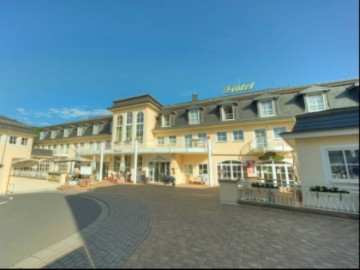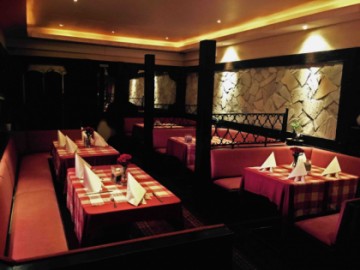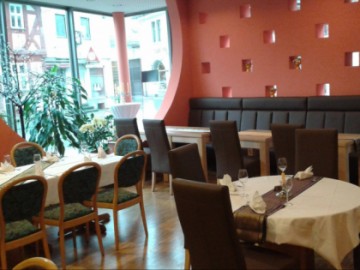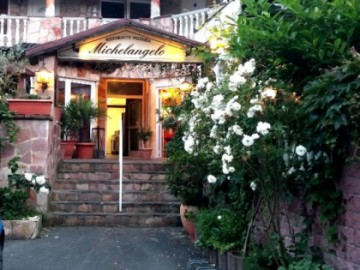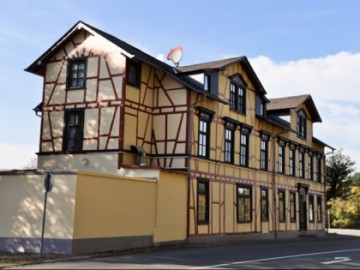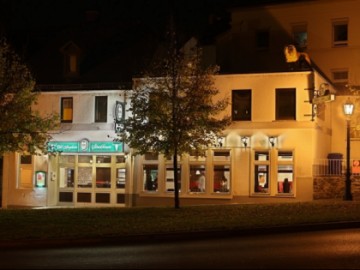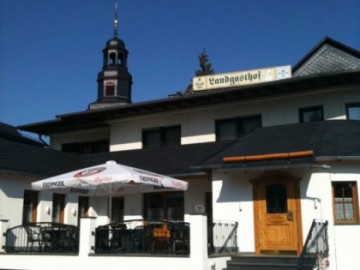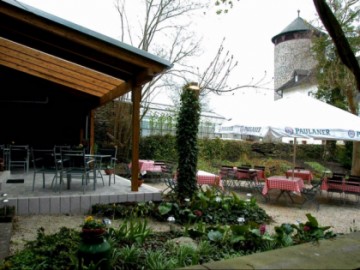Weilburg Castle: Inheritance of Counts of Nassau
WeilburgCastle - the city’s claim of fame - once geographically belonged to the Duchyof Luxembourg. Now, too, the neighboring state has rights over this land forthe church institutions. The castle itself is a bizarre combination of severalarchitectural styles - absolutism, the Baroque and the original German NorthernRenaissance. The Counts of Nassau built the castle in the XIV century. The FrenchVersailles was the model for it. The counts’ ambitions were quite imperial atthe time.
The famous Weilburg testamentof King Conrad I is still kept at Weilburg Castle. He was a cunning politician,who before death bequeathed his authority not to his allies and relatives, but,on the contrary, to his enemy Henry the Fowler. Thus after death, Conrad I wasable to unite the Eastern Franconia and Saxony and to create a strong state. Youcan see rare books and chronicles, furniture, decoration and art from differenteras in the inner chambers of the castle. You can inspect them in a tour organizedevery hour when there is a group of people wishing to visit. Free access (notin a tour) is allowed only in the castle’s outer part and garden, where visitorsare also allowed to take photos. There is a plain staircase at the garden of WeilburgCastle leading to a beautiful Baroque garden on the upper terrace. It is especiallypicturesque in late summer, when pears ripen. The fragrant fruits seem to bethe castle wall’s decoration: the landscape designers of the XVIII centuryplaced the branches of pear trees in that way. The Castle Church(Schlosskirche) and the inner castle, featuring amazing acoustics, are worth aspecial mention. Classical music concerts are regularly held in the courtyard insummer.


